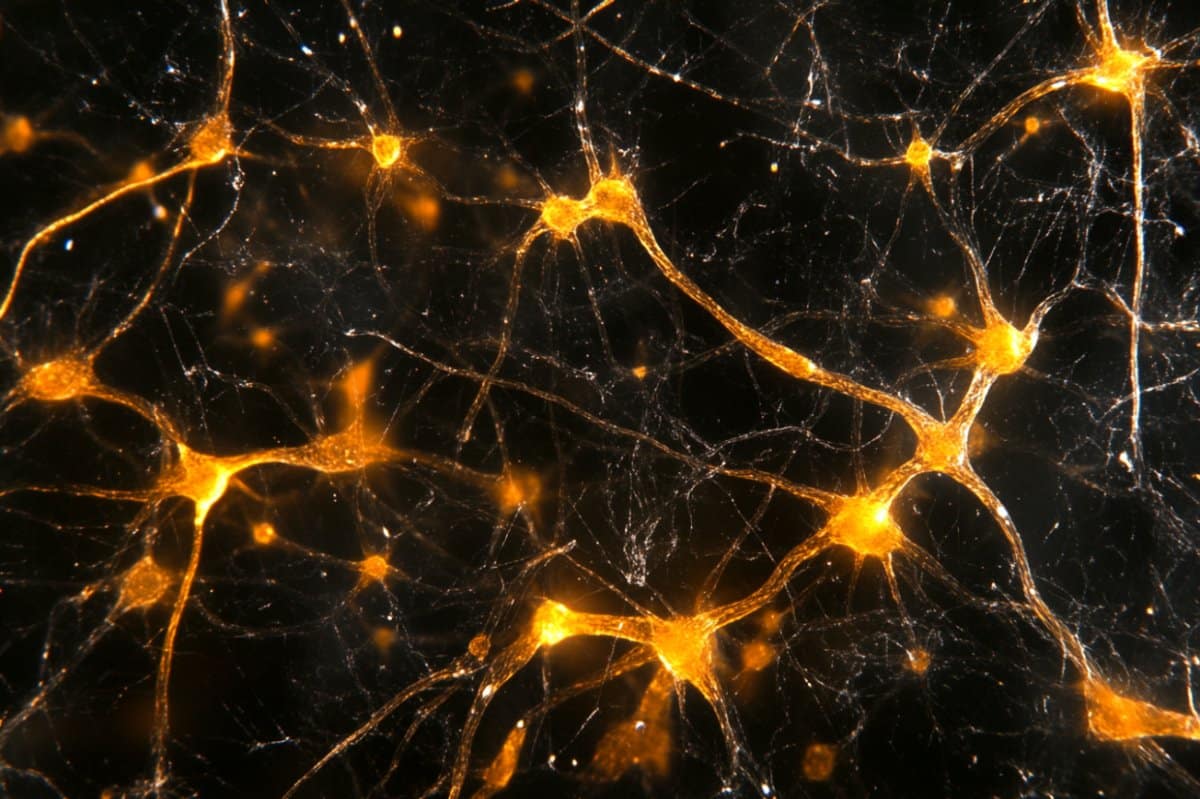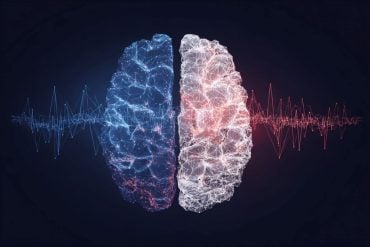Summary: New research has overturned a long-held belief in neuroscience by showing that the brain uses separate synaptic transmission sites for spontaneous and evoked signaling. Traditionally thought to share the same origin, these two forms of communication actually emerge from distinct sites, each following its own developmental path.
In the visual cortex, evoked transmissions strengthen with experience while spontaneous signals level off, revealing a dual strategy that supports both learning and baseline brain activity. This organizational approach may help explain how the brain balances adaptability with long-term stability, with potential implications for understanding disorders like autism and Alzheimer’s.
Key Facts:
- Separate Synaptic Sites: Spontaneous and evoked neurotransmission occur at distinct synapses.
- Functional Divergence: Evoked signals increase after sensory input, while spontaneous activity plateaus.
- Clinical Implications: Disruptions in these mechanisms may contribute to neurological disorders.
Source: University of Pittsburgh
A new study from Pitt researchers challenges a decades-old assumption in neuroscience by showing that the brain uses distinct transmission sites, not a shared site, to achieve different types of plasticity.
The findings, published in Science Advances, offer a deeper understanding of how the brain balances stability with flexibility, a process essential for learning, memory and mental health.

Neurons communicate through a process called synaptic transmission, where one neuron releases chemical messengers called neurotransmitters from a presynaptic terminal. These molecules travel across a microscopic gap called a synaptic cleft and bind to receptors on a neighboring postsynaptic neuron, triggering a response.
Traditionally, scientists believed spontaneous transmissions (signals that occur randomly) and evoked transmissions (signals triggered by sensory input or experience) originated from one type of canonical synaptic site and relied on shared molecular machinery.
Using a mouse model, the research team — led by Oliver Schlüter, associate professor of neuroscience in the Kenneth P. Dietrich School of Arts and Sciences — discovered that the brain instead uses separate synaptic transmission sites to carry out regulation of these two types of activity, each with its own developmental timeline and regulatory rules.
“We focused on the primary visual cortex, where cortical visual processing begins,” said Yue Yang, a research associate in the Department of Neuroscience and first author of the study.
“We expected spontaneous and evoked transmissions to follow a similar developmental trajectory, but instead, we found that they diverged after eye opening.”
As the brain began receiving visual input, evoked transmissions continued to strengthen. In contrast, spontaneous transmissions plateaued, suggesting that the brain applies different forms of control to the two signaling modes.
To understand why, the researchers applied a chemical that activates otherwise silent receptors on the postsynaptic side. This caused spontaneous activity to increase, while evoked signals remained unchanged — strong evidence that the two types of transmission operate through functionally distinct synaptic sites.
This division likely enables the brain to maintain consistent background activity through spontaneous signaling while refining behaviorally relevant pathways through evoked activity.
This dual system supports both homeostasis and Hebbian plasticity, the experience-dependent process that strengthens neural connections during learning.
“Our findings reveal a key organizational strategy in the brain,” said Yang. “By separating these two signaling modes, the brain can remain stable while still being flexible enough to adapt and learn.”
The implications could be broad. Abnormalities in synaptic signaling have been linked to conditions like autism, Alzheimer’s disease and substance use disorders. A better understanding of how these systems operate in the healthy brain may help researchers identify how they become disrupted in disease.
“Learning how the brain normally separates and regulates different types of signals brings us closer to understanding what might be going wrong in neurological and psychiatric conditions,” Yang said.
About this synaptic plasticity research news
Author: Brandie Jefferson
Source: University of Pittsburgh
Contact: Brandie Jefferson – University of Pittsburgh
Image: The image is credited to Neuroscience News
Original Research: Open access.
“Distinct transmission sites within a synapse for strengthening and homeostasis” by Oliver Schlüter et al. Science Advances
Abstract
Distinct transmission sites within a synapse for strengthening and homeostasis
At synapses, miniature synaptic transmission forms the basic unit of evoked transmission, thought to use one canonical transmission site.
Two general types of synaptic plasticity, associative plasticity to change synaptic weights and homeostatic plasticity to maintain an excitatory balance, are so far thought to be expressed at individual canonical sites in principal neurons of the cortex.
Here, we report two separate types of transmission sites, termed silenceable and idle-able, each participating distinctly in evoked or miniature transmission in the mouse visual cortex. Both sites operated with a postsynaptic binary mode with different unitary sizes and mechanisms.
During postnatal development, silenceable sites were unsilenced by associative plasticity with α-amino-3-hydroxy-5-methyl-4-isoxazolepropionate (AMPA)-receptor incorporation, increasing evoked transmission.
Concurrently, miniature transmission remained constant, where AMPA-receptor state changes balanced unsilencing with increased idling at idle-able sites.
Thus, individual cortical spine synapses mediated two parallel, interacting types of transmission, which predominantly contributed to either associative or homeostatic plasticity.






